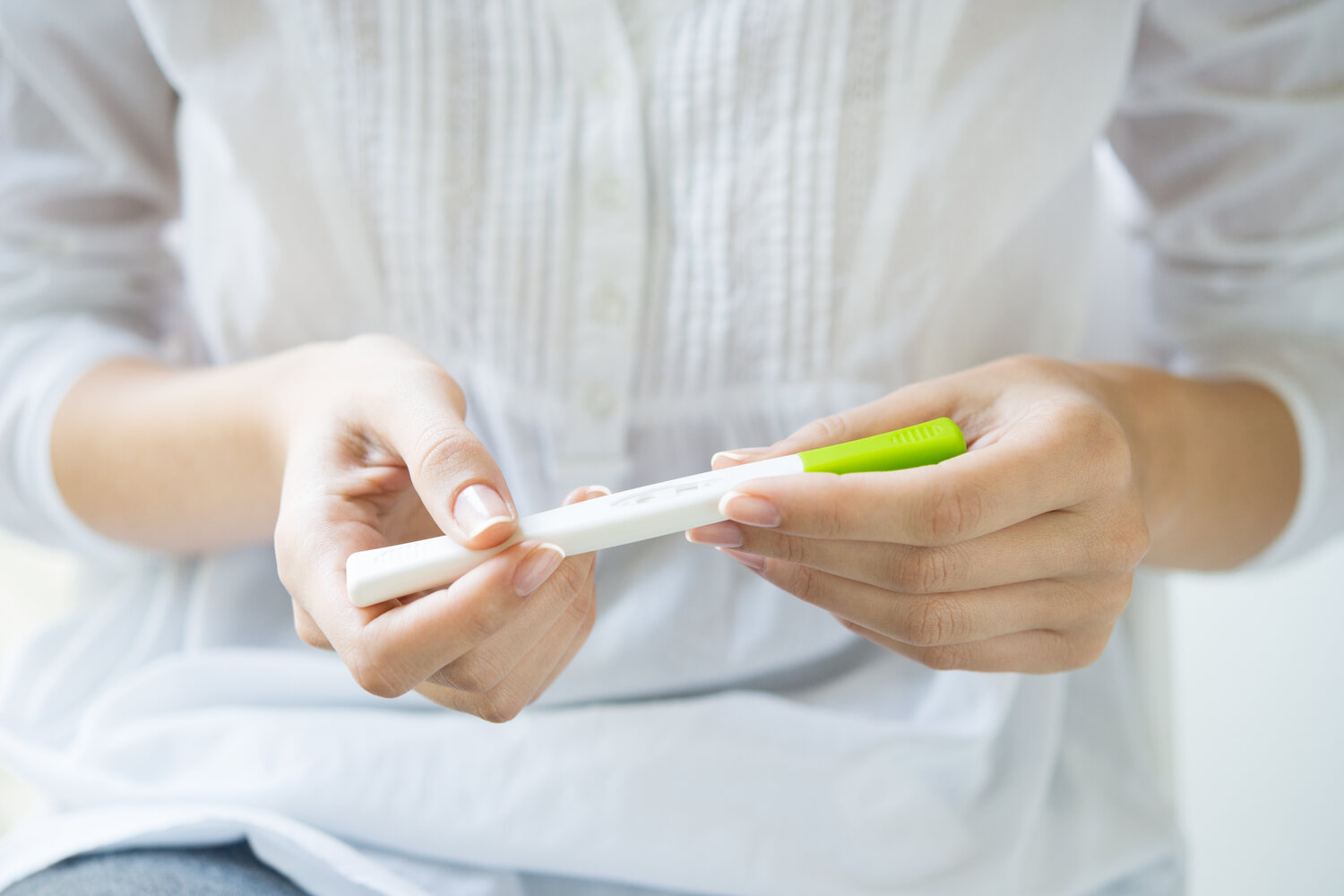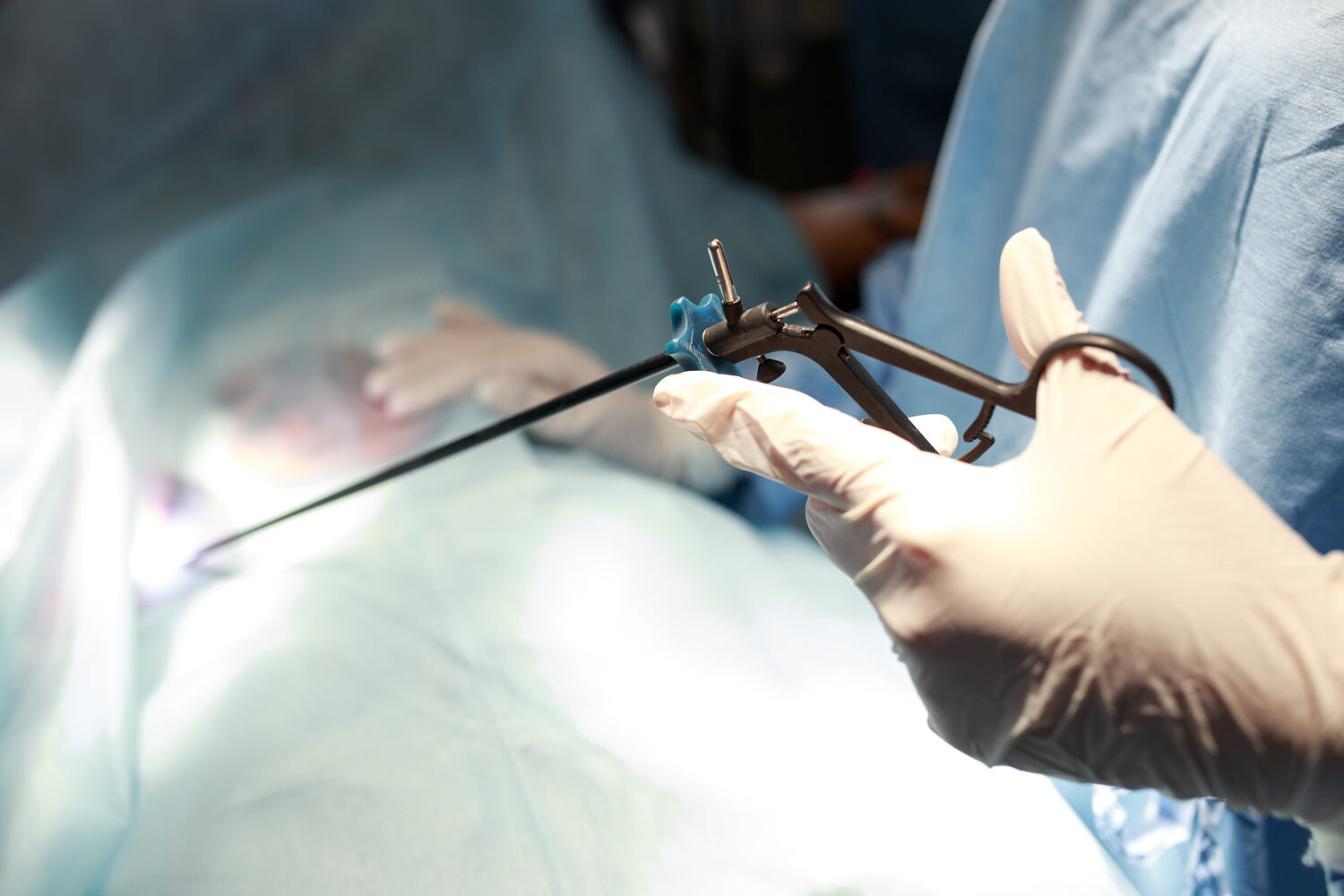
Do you know that there can be errors in the normal embryonic development of certain organs? The uterus can also be affected. Sometimes, the uterus, instead of appearing like a perfect pear shape, can take on the shape of a heart. This occurs in a congenital malformation called a bicornuate uterus.
This can happen to any female during embryonic development and has the potential to affect future fertility and pregnancy. There are certain risks associated with this and with the latest advances in the medical field, treatment options are also available.
In This Article
- What Is A Bicornuate Uterus?
- How Does Bicornuate Uterus Affect Chances Of Getting Pregnant?
- What Causes Bicornuate Uterus in Women?
- How To Identify a Bicornuate Uterus?
- Are There Any Treatment Options For Bicornuate Uterus?
- When To Consult a Doctor For Bicornuate Uterus?
- What Are the Complications of Having a Bicornuate Uterus?
- FAQ’s
What Is A Bicornuate Uterus?
A bicornuate uterus is a uterus that has two horns and has the shape of a heart. The uterus has a partition inside and an incomplete split outside. It is the second most common congenital uterine anomaly, following the septate uterus, with an approximate incidence of 25% of all congenital abnormalities (1).
There are two primary types
1. Partial Bicornuate Uterus
Here, the indentation does not run deep into the uterus. It is limited to the top portion of the uterus. Hence, the two cavities are partly fused in this type.
2. Complete Bicornuate Uterus
In this type, the indentation runs deeper into the uterus, creating two separate cavities. This type is associated with potential complications like miscarriages or preterm labor.
How Does Bicornuate Uterus Affect Chances Of Getting Pregnant?

There is no difficulty in conceiving by women with a bicornuate uterus. Plenty of women don’t experience any problems with pregnancy. A few are at risk of preterm labor and miscarriage, as the uterus cannot expand to the fullest. The uterus is a hollow cavity that accommodates the baby by expanding during pregnancy. As in a Bicornuate uterus, the upper portion of the uterine cavity has pieces of tissue, then this can create problems during pregnancy. Most of the time, the baby is breech, which calls for a cesarean section.
What Causes Bicornuate Uterus in Women?
A bicornuate uterus is congenitally caused during embryonic development. The two Müllerian ducts normally fuse to form one uterine cavity. In some cases, this fusion does not occur properly. This causes the top part of the uterus to fold inward, and the bottom part appears normal. The uterus does not form properly and takes the shape of a heart.
How To Identify a Bicornuate Uterus?

The presentation of symptoms differs from woman to woman. Most of the time, this condition remains unknown until a pregnancy occurs. It is mostly diagnosed at the time of evaluation of poor obstetrical outcomes (2).
Some of the common symptoms are:
- No menstrual cycle at all.
- Severe pain during menstrual cycles: You may have severe pain and discomfort during the monthly cycles.
- Pain in the abdominal or pelvic region.
- Pain and discomfort during ovulation and also during intercourse.
- Difficulty in conceiving.
- Repeated miscarriages.
If you notice the above symptoms, you must immediately see a doctor for a complete checkup and diagnosis.
Are There Any Treatment Options For Bicornuate Uterus?

If a woman is diagnosed with a bicornuate condition, the doctor will advise undergoing reconstructive surgery called metroplasty. The idea of this surgery is to correct the shape of the uterus to an upside-down pear shape and to remove the extra pieces of tissue creating the septum. Previously, the surgery required a large incision, but now, with the advancement in medical science, it can be done laparoscopically.
Hence, there is no need for a large incision. It is important to wait for at least three months after the procedure to conceive. The body needs this time to heal well and get back to its normal state. If this care is not taken, it could lead to internal bleeding and other complications like uterine rupture during normal delivery. So, metroplasty must be reserved for special cases only where there is a poor reproductive outcome (3).
When To Consult a Doctor For Bicornuate Uterus?
If a woman is experiencing painful periods, irregular bleeding, and recurrent miscarriages, then, it is advisable to see a gynecologist. An early ultrasound examination can help detect this condition (4).
If pregnancy occurs in a woman with a bicornuate uterus, then that pregnancy is considered high-risk and needs regular follow-ups. Frequent monitoring with a gynecologist is mandatory.
What Are the Complications of Having a Bicornuate Uterus?

Women do not even realize that they have a bicornuate uterus until they get pregnant. This anomaly does not hamper fertility but can cause complications in pregnancy. Obstetrical complications are more common in this anomaly (5).
Some of the known complications are:
1. Recurrent Miscarriages
The rate of recurrent miscarriages in women with congenital uterine anomalies is estimated to be approximately 17 % of all recurrent miscarriage population (6).
2. Preterm Delivery
There are chances of premature delivery since there may not be enough space for the baby to grow. Lack of space in the uterus can increase the chances of Intrauterine Growth Restriction, leading to early delivery.
3. Breech Baby
One of the complications of this condition is that the baby could get into a breech position because it will not have enough room to fit comfortably in a head-down position. This condition may demand careful monitoring of the condition and scheduling a C-section delivery.
4. Issues With The Placenta
Due to the bifurcation of the uterus, the placenta may not implant properly into the uterus, resulting in miscarriage. In rare cases where pregnancy goes full-term, the placenta may get stuck in the uterus, leading to retained placenta.
5. Birth Defects
The baby could have birth defects, as the misshapen uterus might not allow the baby to grow normally. There may be a chance of intrauterine growth restriction due to the limited space, leading to premature delivery, low birth weight, and other related complications. According to a few research studies, there is a significant association between babies born with clubfoot and mothers with a bicornuate uterus (7).
6. Need for a C-Section
In most cases where there is a bicornuate uterus, the doctors will suggest a C-section delivery to minimize the difficulties of vaginal delivery.
Experiencing a pregnancy with a bicornuate uterus can be quite challenging and may be risky for both the mother and the baby. However, with proper medical attention and support, a successful pregnancy can be achieved. If you are struggling with this condition, then don’t hesitate to talk to your healthcare provider and get prior guidance about the treatment options.
FAQs
1. What is The Success Rate of Pregnancy With a Bicornuate Uterus?
Although the diagnosis of a bicornuate uterus can be challenging, there have been reports of successful pregnancies. In India, the success rate of pregnancy with a bicornuate uterus is estimated to be around 60–70%.
2. Does The Bicornuate Uterus Affect Periods?
Symptoms of a bicornuate uterus vary from woman to woman. Periods can be really painful and in a few cases they might be irregular and heavy, too.
3. How Does a Heart-Shaped Uterus Happen?
A heart-shaped uterus happens to be in a bicornuate uterus due to the abnormal fusion of the two Müllerian ducts. When these two ducts fail to fuse together normally, the uterus divides into two projections. This results in the formation of a heart shaped uterus instead of a normal pear shaped one.
4. Are Bicornuate Uterus and Septate Uterus the Same?
A septate uterus is different from a bicornuate uterus, although both of them are congenital Müllerian duct anomalies. In a septate uterus, the uterus is divided into two halves by a thin tissue known as the septum. In a bicornuate uterus, the appearance of the uterus is heart shaped. The external appearance of the uterus is abnormal in a bicornuate uterus, while it is normal in a septate uterus.
References
- Pregnancy Outcomes in Women With Bicornuate and Septate Uter… : Topics in Obstetrics & Gynecology – [https://journals.lww.com/postgradobgyn/citation/2021/10310/pregnancy_outcomes_in_women_with_bicornuate_and.1.aspx]
- Bicornuate Uterus | SpringerLink – [https://link.springer.com/chapter/10.1007/978-3-319-27231-3_8]
- Bicorporeal Uterus: Treatment Options | SpringerLink – [https://link.springer.com/chapter/10.1007/978-1-4471-5146-3_27]
- Bicornuate uterus and pregnancy: ambiguity diagnosis (a case report) – PMC – [https://www.ncbi.nlm.nih.gov/pmc/articles/PMC10024561/]
- Pregnancy Complications in Women With Uterine Duplication Ab… : Ultrasound Quarterly – [https://journals.lww.com/ultrasound-quarterly/abstract/2010/12000/pregnancy_complications_in_women_with_uterine.2.aspx]
- The pattern of pregnancy loss in women with congenital uterine anomalies and recurrent miscarriage – ScienceDirect – [https://www.sciencedirect.com/science/article/abs/pii/S1472648309002740]
- Association between uterus uni/bicornis in pregnant women and postural deformities in their offspring – ScienceDirect – [https://www.sciencedirect.com/science/article/abs/pii/S0002937811008945]


2 Comments
Wow! This can be one particular of the most useful blogs We’ve ever arrive across on this subject. Actually Great. I’m also a specialist in this topic therefore I can understand your effort.
Great – I should certainly pronounce, impressed with your site. I had no trouble navigating through all tabs as well as related information ended up being truly easy to do to access. I recently found what I hoped for before you know it at all. Reasonably unusual. Is likely to appreciate it for those who add forums or anything, site theme . a tones way for your client to communicate. Nice task..